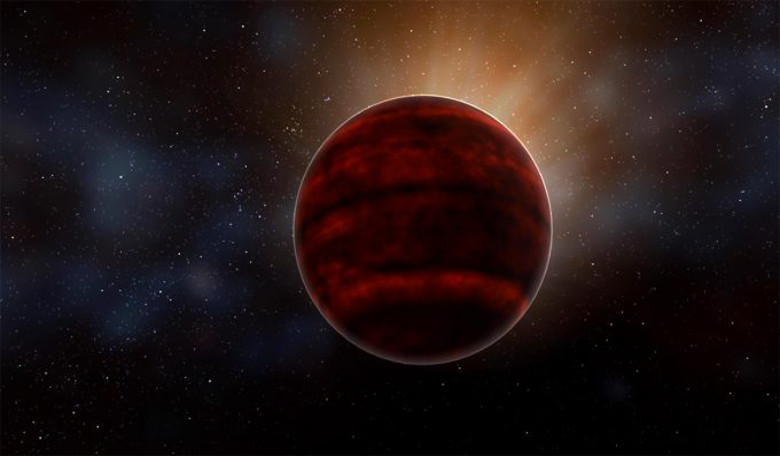A powerful stellar flare that erupted from Proxima Centauri – the nearest star to us – casts doubt on whether the Solar System’s nearest exoplanetary neighbour, Proxima b, which orbits the red dwarf star, would be suitable to host complex life.
The flare was detected last March by scientists observing the star with the Atacama Large Millimetre/Submillimetre Array (ALMA) and at its peak, the newly detected flare was 10 times brighter than our sun’s largest flares, when observed at similar wavelengths.
It is already known that Proxima Centauri experiences regular, although smaller, X-ray flares and indeed this event was also preceded by a smaller flare. Combined together the two flares lasted fewer than two minutes, but at its most energetic outburst, Proxima Centauri’s brightness increased by 1,000 times over 10 seconds.
“March 24, 2017, was no ordinary day for Proxima Cen,” said Meredith MacGregor from the Carnegie Institution for Science, who is lead author of the research paper recently submitted to Astrophysical Journal Letters.
“It’s likely that Proxima b was blasted by high energy radiation during this flare,” MacGregor explained. “Over the billions of years since Proxima b formed, flares like this one could have evaporated any atmosphere or ocean and sterilised the surface, suggesting that habitability may involve more than just being the right distance from the host star to have liquid water.”
The data gathered about the flare brings further bad news when it comes to comparing the Proxima system with our own. Earlier studies had indicated that multiple disks of dust encircling Proxima Centauri, features similar to our asteroid and Kuiper belts, were the cause behind the increased brightness when the data was averaged out.
However, by interpreting the peak brightness as a function of observing time instead, MacGregor and her team were able to see the burst of radiation emitted from Proxima Centauri for what it really was.
“There is now no reason to think that there is a substantial amount of dust around Proxima Cen,” Weinberger said. “Nor is there any information yet that indicates the star has a rich planetary system like ours.”











